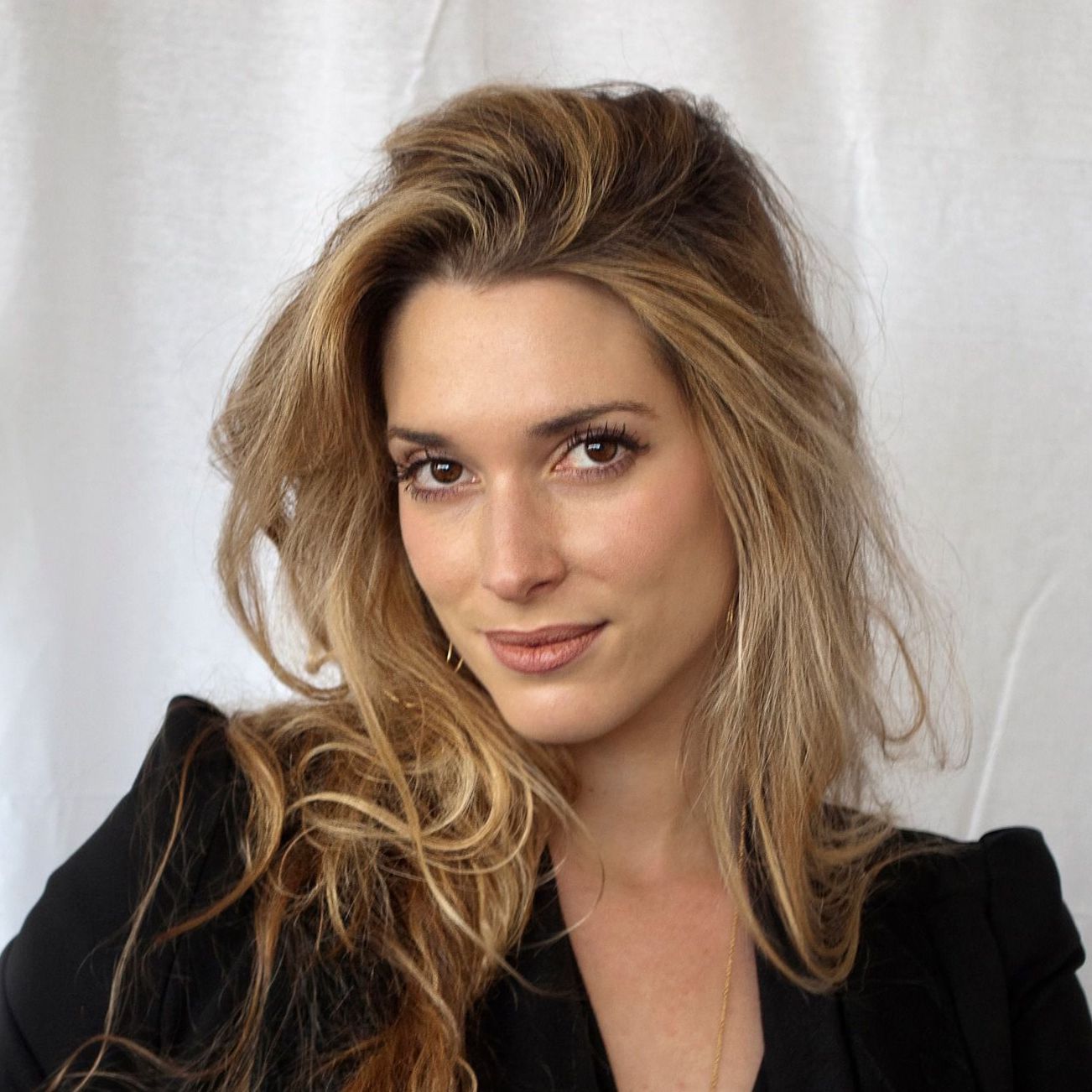How does the L.A. Jewish experience distinguish itself from the Jewish communities of New York, Chicago and Cleveland? Why did Los Angeles attract one of the most diverse Jewish migrations in history and how did that ethnic blend contribute to the city we know today? The Autry National Center is searching for these answers, and enlisting the support of L.A.‘s Jewish community to find them.
Their first effort, “The Stuff of Memories” event (Sunday, June 17), invited the community to bring forth relics of their Jewish past. Museum scholars presume the history they seek exists within artifacts sitting in people’s homes, so they asked L.A.‘s Jews to share their family heirlooms, photographs, historical documents and Judaica. They also provided a team of independent appraisers to valuate objects and infer their provenance. To stimulate community dialogue, the event included an educational film screening and panel discussion. But despite the effort, Jewish bodies were scarce and only a scant 20 toted their memorabilia.
Did Father’s Day deter the crowd? Was it made clear that Jewish descendents could unlock their history hidden in homebound artifacts?
In partnership with UCLA’s Center for Jewish Studies, the aim to unveil Los Angeles Jewish history will result in a museum exhibition slated to open in 2011. The goal of this research is to re-write the history of Los Angeles Jewry to include the impact of ethnic diversity on community development during the 19th and 20th centuries. Scholars are focusing their efforts on the distinction between the Persian Jewish experience and that of Ashkenazi groups from Eastern Europe.
Before arriving at the Autry, I imagined the stories that would surface through objects: the golden candlesticks from Russia that survived pogroms and emigrated to America where they are lit every Shabbos by great, great grandchildren; or the heirloom kiddush cup, made in Israel, sipped during the Six Day War and a powerful reminder of what the fight is for. But the conjured images inspired by the event were more revealing than the bits of ephemera, family photographs and legal documents that turned out.
The appraisers noted a few exceptions. They identified an urn-shaped brass samovar used to heat water that probably derives from Russia or the Slavic nations. A pair of miniature wood carvings depicting a religious couple were also presented. Crafted by a European artist who immigrated to the U.S., they were sold at the 1939 World’s Fair when someone’s grandparents bought them. A photograph taken in 1911 portrays a family standing in front of their West Adams wooden-frame house, and posing next to their cow – the implication is of a kosher household.
Another highlight of the program was when Ellie Kahn, oral historian and filmmaker, presented her documentary, “Meet Me at Brooklyn & Soto: Celebrating the Jewish Community of East Los Angeles.” This in-depth portrait of the Boyle Heights Jewish neighborhood is an invaluable account of a community that thrived for over a century. Thanks to the filmmakers, it is now a well documented history.
It is no secret that Los Angeles evolved into an epicenter of storytelling, and no coincidence that Jews are widely credited with creating Hollywood. So why are we not bursting to tell our own stories? This exhibit is not about the distant, biblical narratives of Abraham or Moses, but about the recent history of our parents, grandparents and great grandparents. Its creation is an opportunity to preserve Jewish heritage and ensure that our precious stories are not lost; our children will know where they come from.
I went to the Autry to discover the ancient secrets to a pair of candlesticks, but what I found in their absence was the urgency to re-discover a whole world.
To share your memories with The Autry National Center, please call (323) 667-2000 or the UCLA Center for Jewish Studies at (310) 825-5387.
—























 More news and opinions than at a Shabbat dinner, right in your inbox.
More news and opinions than at a Shabbat dinner, right in your inbox.